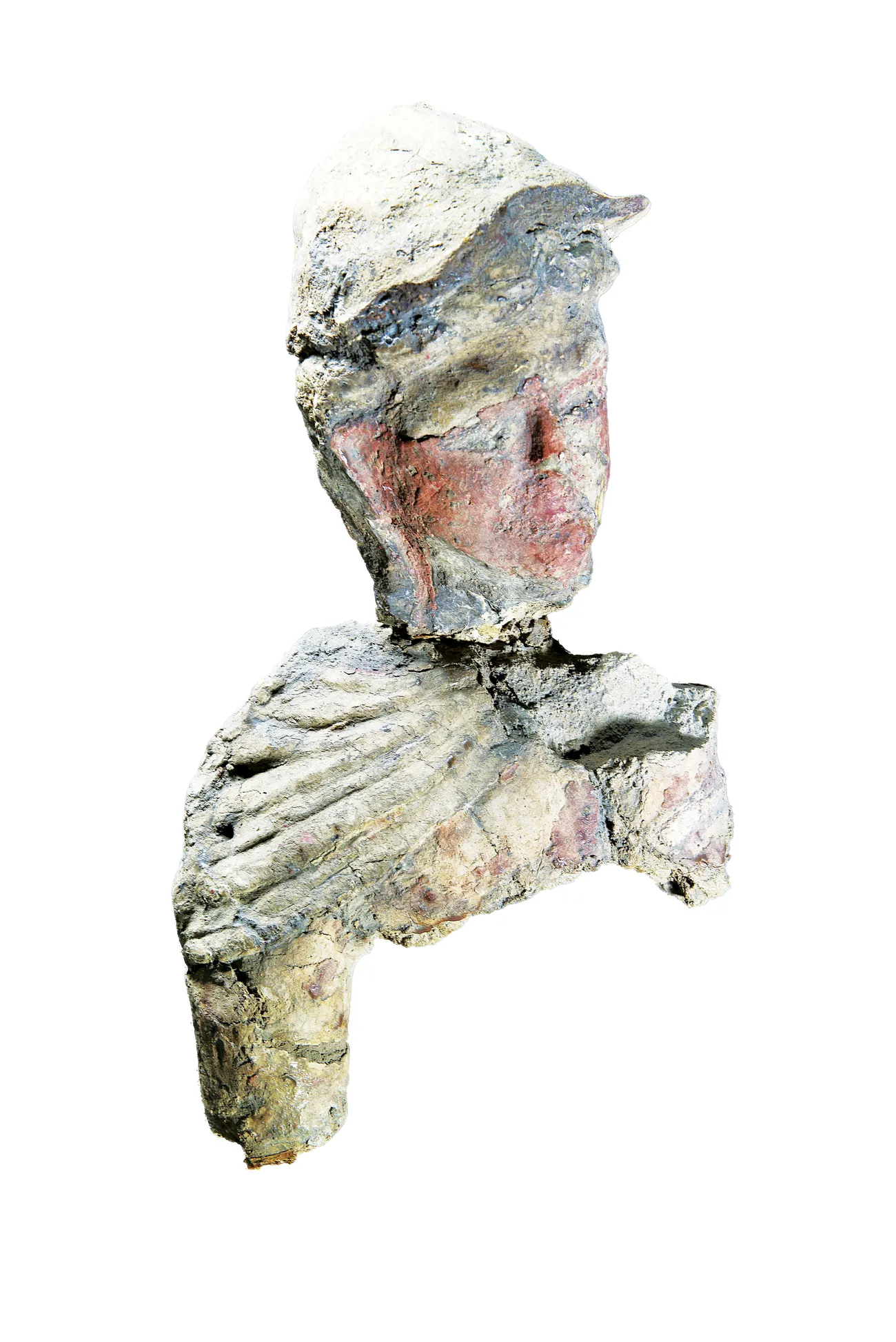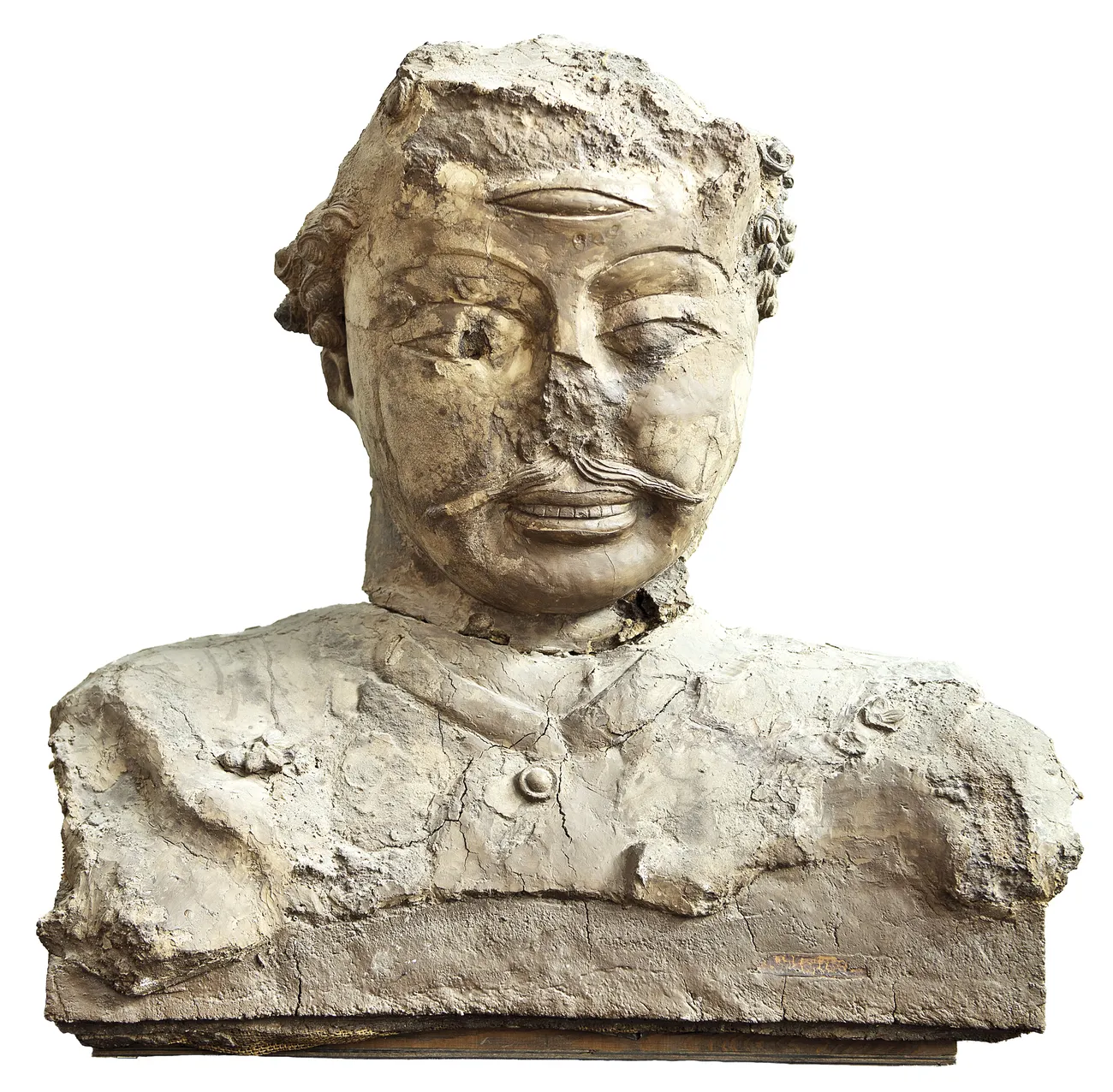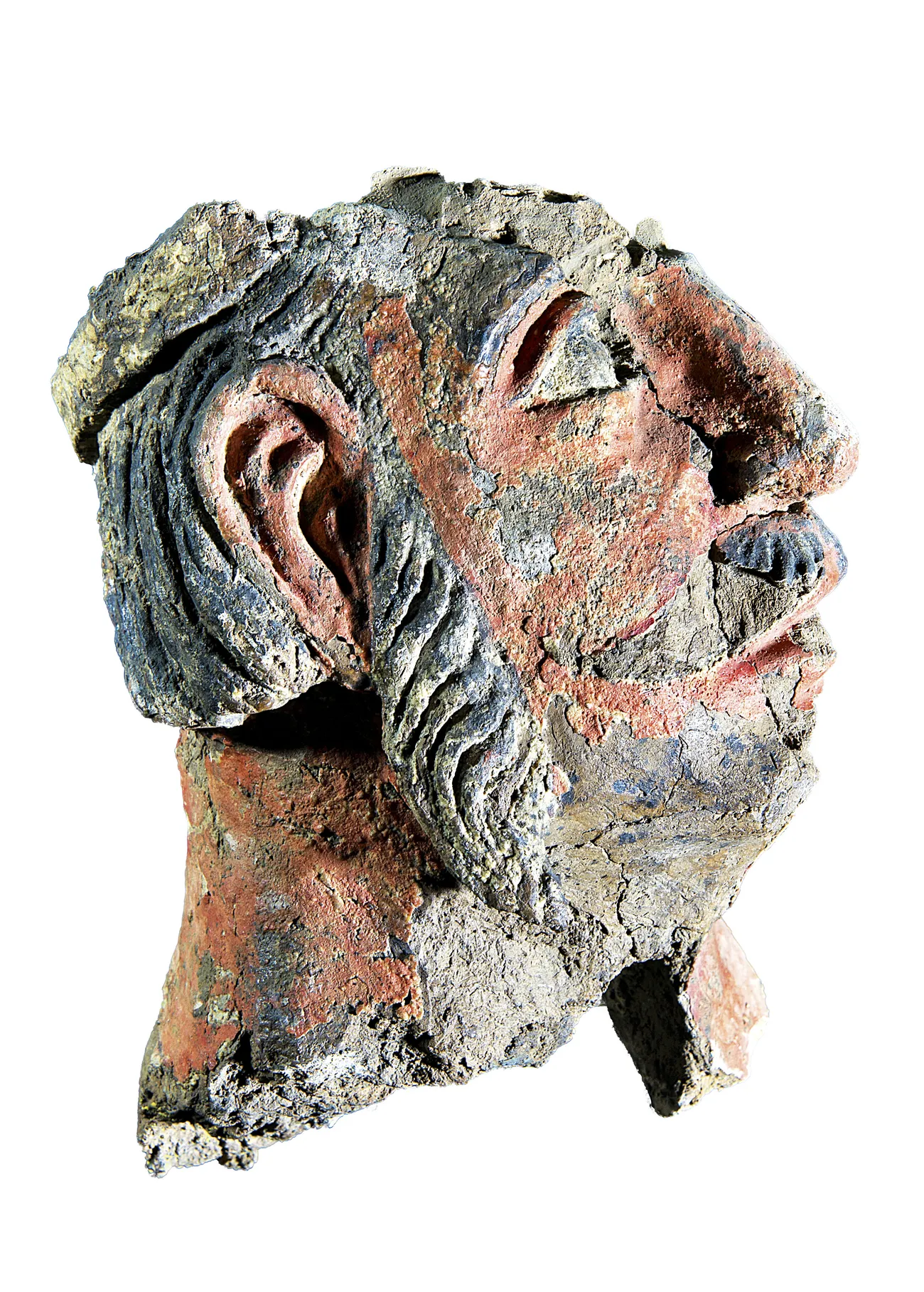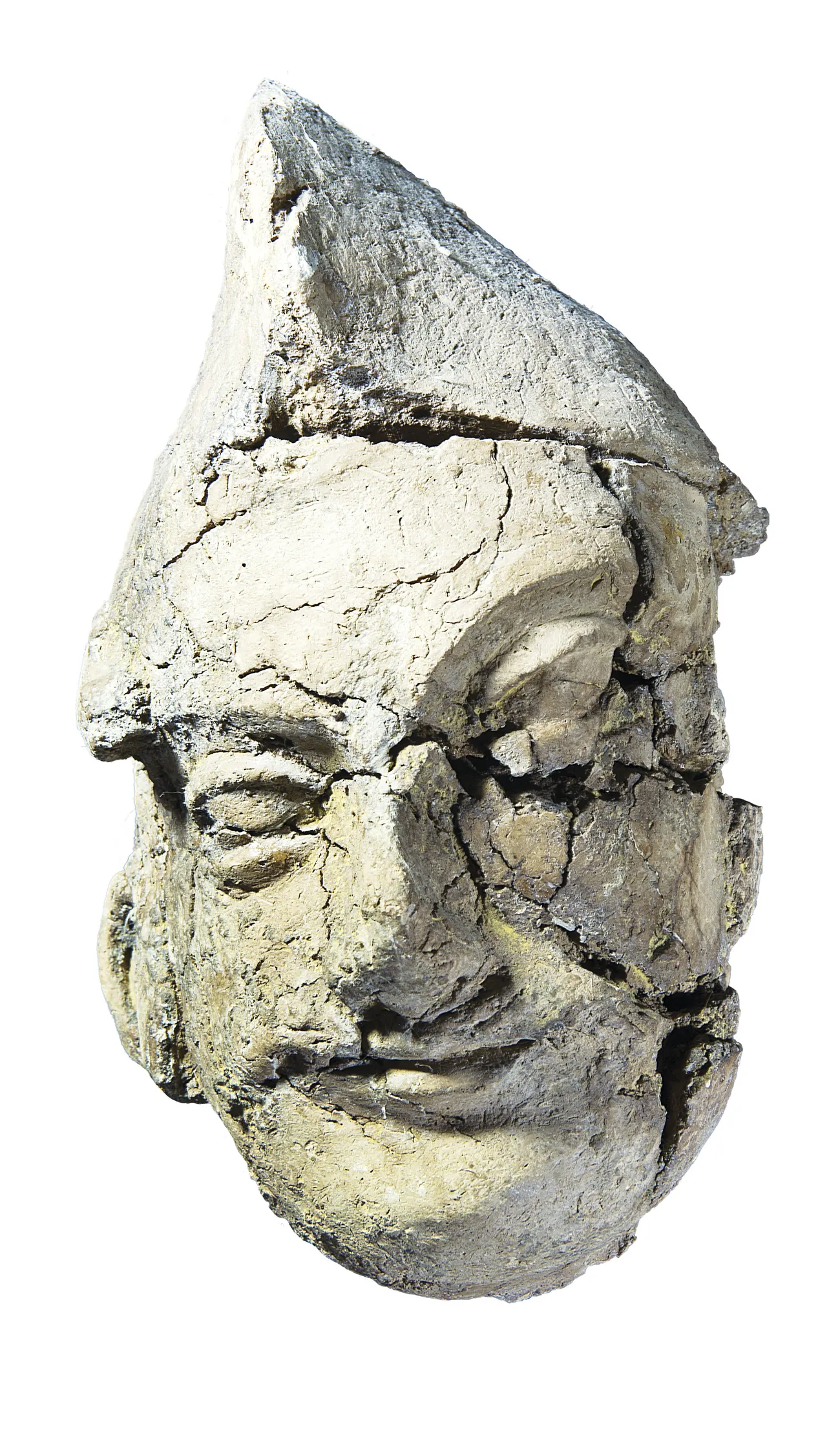Here they studied the palace of the Kushan rulers. The reception hall and the iwan of the palace were decorated with sculptural decor designed to glorify the military exploits and the majestic history of the young dynasty, to show its representatives in fierce battles for the land of Bactria, and at festive receptions in honor of great victories. The merit of the discovery, study, historical and cultural interpretation and publication of materials about the sculptures of Khalchayan belongs to G.A. Pugachenkova, as well as a team of archaeologists and restorers, whose hard work on extracting hundreds of fragile fragments from clay from the ground and fixing them can be safely called a scientific feat.1 Thanks to them, the world saw the first examples of Kushan art, embodied in clay and not limited by the strict framework of the Buddhist canon.It is this feature of the Khalchayan finds that aroused the genuine interest of specialists all over the world.
Today, clay sculptures from the Khalchayan settlement are the earliest examples of ancient art presented in the exposition of the State Museum of Arts of Uzbekistan. The museum exhibits 32 sculptural works that decorated the hall and the Ivan. They reflect all the variety of characters in the sculptural composition of the palace: the ruler and his wife, the victorious prince with a military trophy – armor taken from the enemy, statues of patron deities of the dynasty, captured soldiers, as well as participants of the festive feast – the Parthian prince, court ladies, musicians and garland bearers.
More information about this can be found in the book-album "Collection of the State Museum of Arts of Uzbekistan" from the series "Cultural legacy of Uzbekistan in the world collections" (volume XIII).
The general sponsor of the project is the oilfield service company Eriell-Group.




